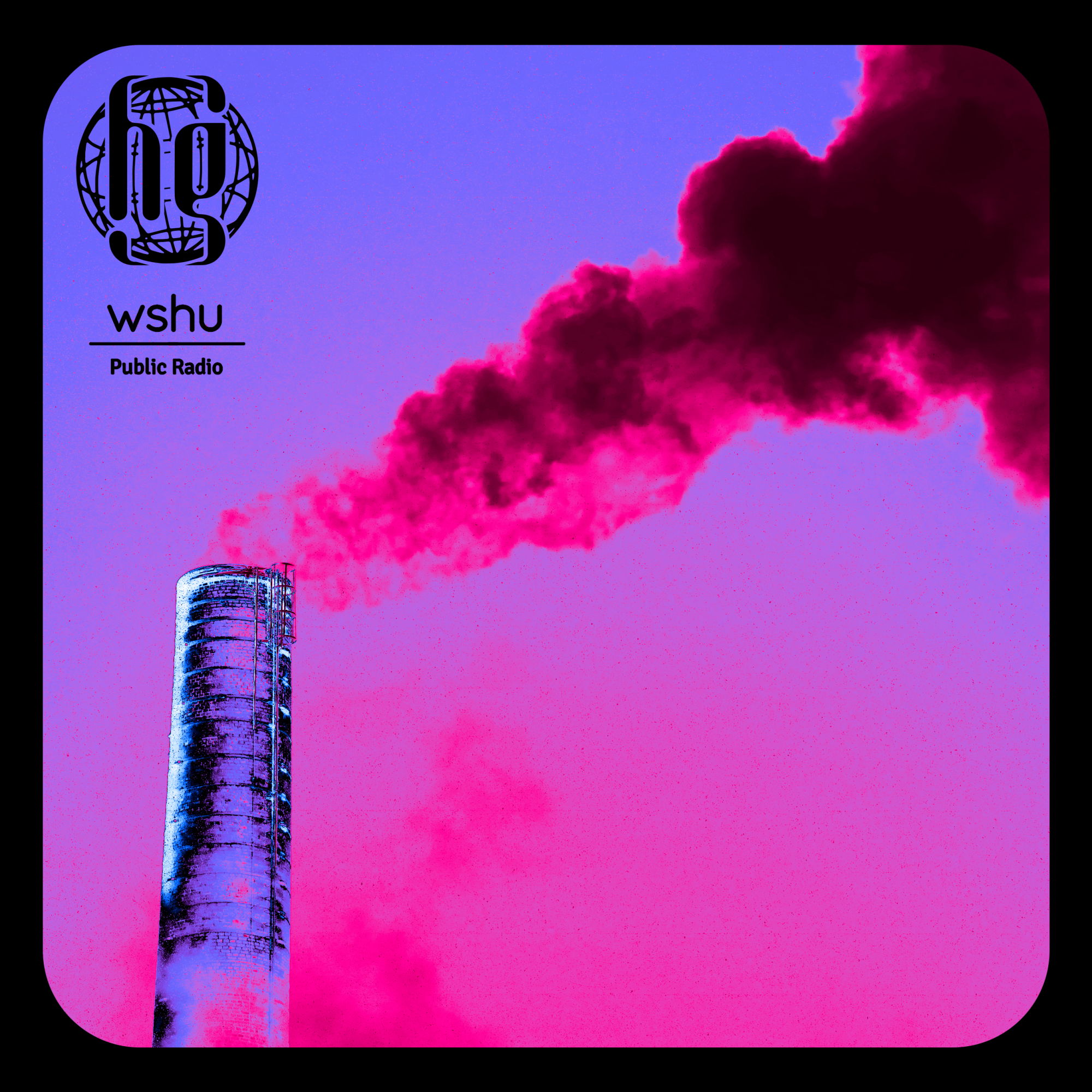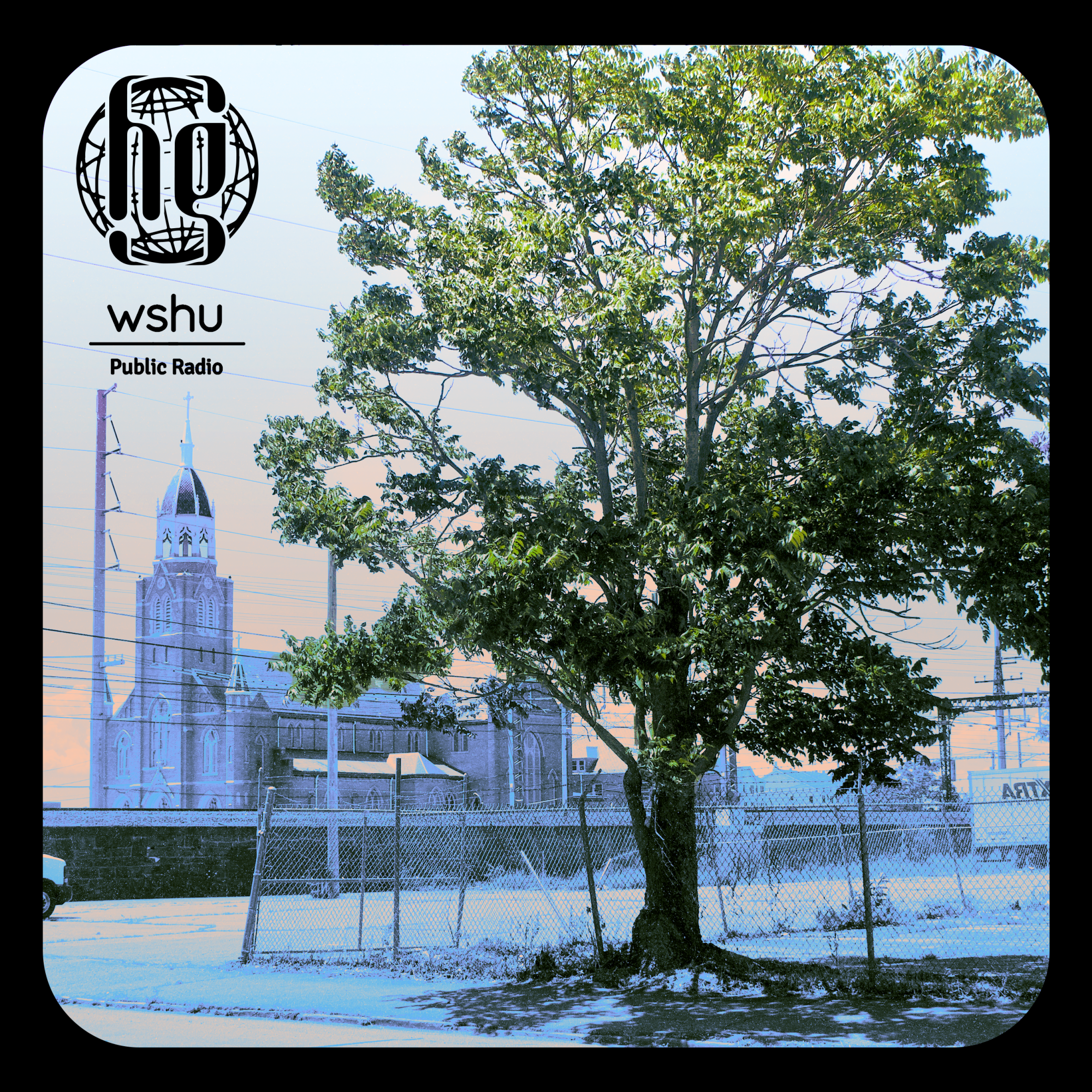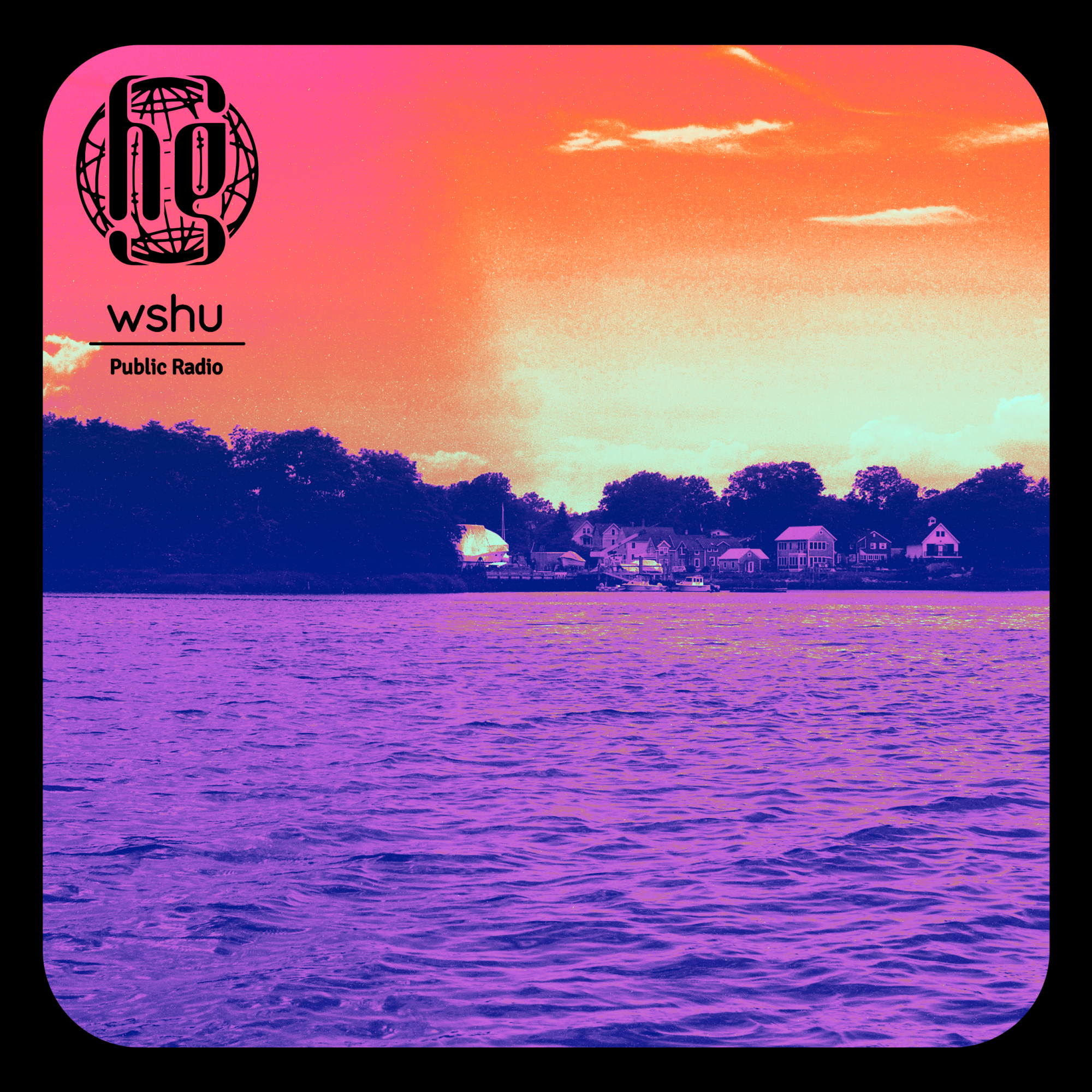Discover Higher Ground
Higher Ground

Higher Ground
Author: J.D. Allen, Sabrina Garone
Subscribed: 6Played: 76Subscribe
Share
Description
Climate change is already here. Rising tides, extreme weather, and heatwaves: Higher Ground tells the stories of communities exploring solutions that may give them the best chance at survival and help save the places millions of people call home.
22 Episodes
Reverse
Climate change isn’t a far off problem any more: It’s happening in your neighborhood.
The historic bay houses of the Great South Bay speak to a long tradition of living by the water. Their designs contain forgotten knowledge for post-storm recovery and draft a rough plan for today’s rising sea level: finding higher ground.
Hundred-year storms now topple Long Island's power system every few years. We trace the electric grid to find ways to become more climate resilient.
Climate-resilient infrastructure can help turn the tide against pollution. Baymen also want to keep waterways clean with nature's filters — shellfish. It's going to take many mollusks to outweigh the damage humans have done.
Sea level rise threatens many popular Long Island downtowns. A seemingly crazy plan to move Main Street in the Hamptons could be a first, but surely it’s an impossible task to move so much history … and a rich tourism industry?
A day at the winery shows how Long Island agriculture is changing. As sea level rises, the health of the land where crops are grown is at risk. Farmers will try ancient techniques to ward off climate change.
Some of our feathered friends are endangered and other seasonal birdwatching favorites might not stick around much longer unless humans become better neighbors to wildlife.
Millionaires in the Hamptons may have the resources for the fight against the effects of climate change, but other communities more disproportionately impacted by sea level rise and other climate issues might not have the means to find higher ground. Part of the problem is connecting their every day observations to climate science.
Nature will eventually take its course — with our help or without it. If we are going to choose to live by the coast, the future will remain uncertain. So, for now we replenish the beach and lift houses to save the places where millions of people call home.
Missed the first season of Higher Ground? Catch the one-hour special program selected by American Public Media for national distribution.
We are setting up home base in Bridgeport. It's among the youngest places in an aging Connecticut. Young people here — and everywhere — want climate action.
We are teaming up with an after-school program for Bridgeport middle schoolers to explore how students perceive the global climate crisis in their neighborhoods.
We are headed outdoors to make observations — to see Bridgeport through the eyes of its youngest residents. The eighth-grade student scientists will record what they find, helping them better identify with the global climate crisis in their neighborhoods.
The student scientists are still learning how to identify and use reliable information about climate change. These teens are trying to figure out what their role can be in addressing this seemingly overwhelming problem.
The student scientists identify air pollution as an avoidable sign of climate change in their neighborhoods. So, we start to bring their research and questions to Bridgeport's policymakers to see how the ideas of middle school students can help protect their city.
The quality of the water — either what falls from the sky when it rains, floods from the coast when it storms, or bubbles up the tap to drink — is on the minds of our student scientists. So, they build an innovative prototype to reuse water.
Our student scientists recognize there is only so much that people can do to protect water quality in their harbors. When it rains, it pours into their streets, flooding into city sewers. They are curious about what flows downstream into their neighborhoods.
The idea to give everyone an acorn could change the landscape of a city. The student scientists know not all of the seeds would succeed, but they see the solution as way to make Bridgeport more resilient — and beautiful.
Our student scientists didn't whine about how adults were responding to climate decisions that affect their future. We can find innovative ways to adapt to changes in our environment when we listen to young people.
Missed the second season of Higher Ground? Catch the one-hour special program selected by American Public Media for national distribution.














